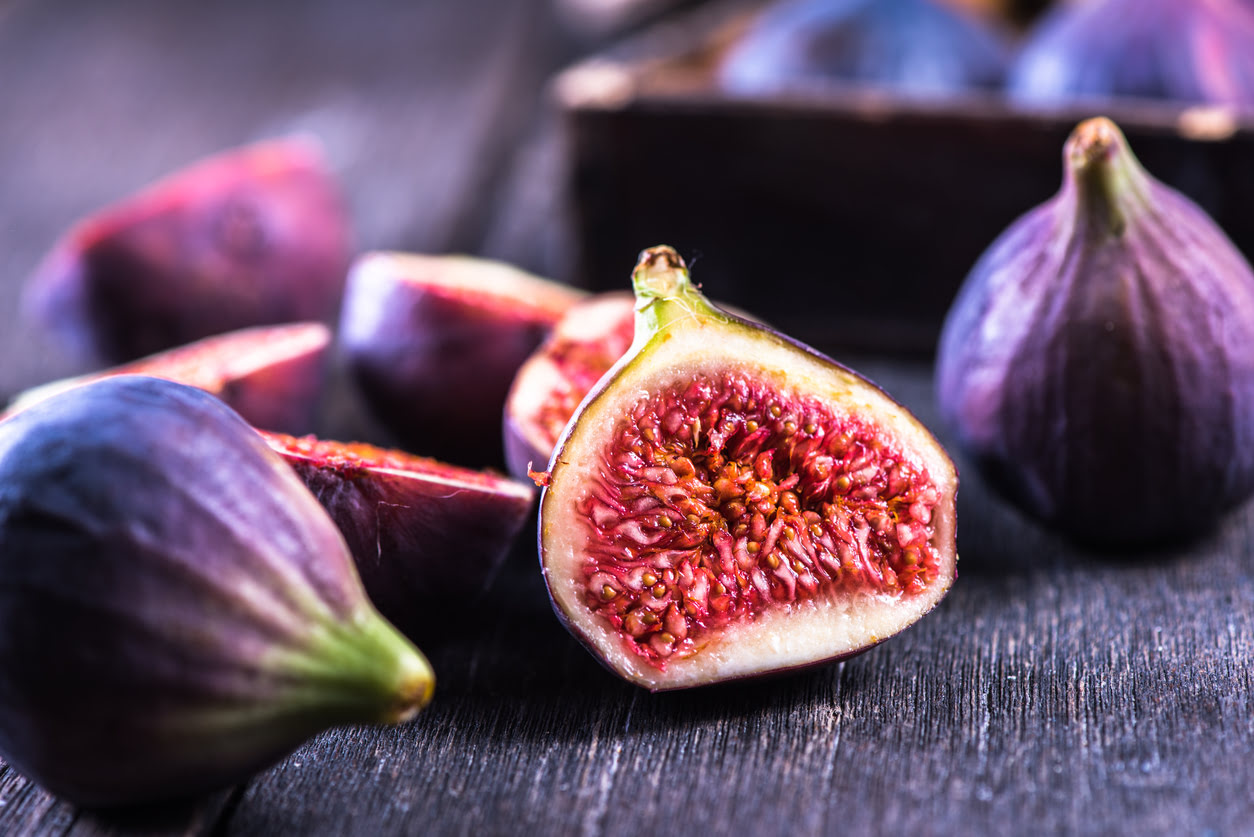

Articles
How To Store Figs At Home
Modified: January 8, 2024
Learn how to store figs at home with these helpful articles. Find out the best methods to preserve the freshness and flavor of your favorite figs.
(Many of the links in this article redirect to a specific reviewed product. Your purchase of these products through affiliate links helps to generate commission for Storables.com, at no extra cost. Learn more)
Introduction
Welcome to the wonderful world of figs! These sweet and succulent fruits are not only delicious but also packed with nutrients. Whether you have just harvested fresh figs from your garden or bought a batch from the grocery store, knowing how to store them properly will help extend their shelf life and preserve their flavor. In this article, we will guide you through the process of storing figs at home, whether you choose to store them in the refrigerator or at room temperature.
Fig trees have been cultivated for thousands of years, and their fruits have been enjoyed by civilizations across the globe. The unique texture and taste of figs make them popular in both sweet and savory dishes, from jams and pies to salads and cheese pairings. However, figs are highly perishable and can spoil quickly if not stored correctly.
By understanding the appropriate storage methods, you can ensure that your figs stay fresh and maintain their quality for as long as possible. Choosing the right figs, washing and drying them properly, and deciding between refrigeration and room temperature storage are essential steps for preserving the deliciousness of this delectable fruit. So, let’s dive in and learn how to store figs at home!
Key Takeaways:
- Store figs in the refrigerator for extended freshness, or at room temperature for immediate consumption. Proper washing, drying, and regular inspection are key to preserving their delectable flavor and texture.
- Extend the shelf life of figs by freezing them for long-term storage. Thaw frozen figs in the refrigerator, inspect for quality, and enjoy their sweetness in a variety of recipes.
Read more: How To Store Figs
Choosing the Right Figs
When it comes to storing figs, selecting the right ones is crucial. Look for figs that are ripe but not overripe. The perfect fig should be plump, soft to the touch, and have a slightly wrinkled skin. Avoid figs that are overly mushy, have bruises or blemishes, or have a sour or fermented smell.
If you have a fig tree in your backyard, it’s best to pick the figs when they are fully ripe and ready to be enjoyed. Gently twist the figs off the tree, being careful not to squeeze or bruise them. If you are buying figs from a store or farmers’ market, choose ones that are fragrant and clearly show signs of ripeness.
There are various types of figs available, each with its own flavor profile and characteristics. Some common varieties include Black Mission, Brown Turkey, Kadota, Calimyrna, and Adriatic figs. You can choose the variety that suits your taste preference or experiment with different types to discover your favorite.
It’s worth noting that figs are delicate fruits and have a relatively short shelf life, even under the best storage conditions. Therefore, it’s important to choose figs that are in their prime to maximize their storage potential and ensure the best flavor.
Once you have selected the right figs, it’s time to move on to the next step: washing and drying them properly before storage.
Proper Washing and Drying
Before storing figs, it’s essential to wash them thoroughly to remove any dirt, dust, or pesticide residues. However, figs are delicate fruits, and excessive water exposure can cause them to become mushy or spoil quickly. Therefore, it’s important to follow the proper washing and drying technique.
Start by gently rinsing the figs under cool running water. Avoid using hot water or vigorously scrubbing the fruits, as this can damage their delicate skin. Gently rub each fig with your fingers to remove any visible dirt or debris. If you prefer, you can also use a soft-bristled brush to gently scrub the figs, but be careful not to apply too much pressure.
Once the figs are clean, carefully pat them dry with a clean kitchen towel or paper towels. Make sure to dab the figs gently without applying too much pressure, as this can cause them to bruise. Allow the figs to air dry for a few minutes to ensure that there is no excess moisture on the surface.
It’s important to note that figs are best stored when they are completely dry. Excess moisture can lead to mold growth and spoilage. So, take your time to ensure that each fig is thoroughly dried before moving on to the storage method of your choice.
Now that you have properly washed and dried the figs, it’s time to decide whether to store them in the refrigerator or at room temperature. We will explore the pros and cons of each method in the upcoming sections.
Refrigeration vs. Room Temperature Storage
When it comes to storing figs, you have two main options: refrigeration or room temperature storage. Both methods have their advantages and considerations, so let’s take a closer look at each one.
Refrigeration: Storing figs in the refrigerator is a popular choice for prolonging their shelf life. The cool temperature of the refrigerator helps slow down the ripening process and extends the freshness of the fruits. This is particularly beneficial if you have a large batch of figs that you won’t consume within a few days.
To refrigerate figs, place them in a clean, breathable container such as a shallow bowl or a vented container specifically designed for fruits. Line the base of the container with a paper towel to absorb excess moisture and prevent the figs from becoming soggy.
It’s important to note that figs can absorb odors from other foods in the refrigerator, so try to keep them away from strong-smelling items. Also, avoid storing figs near fruits that produce ethylene gas, such as apples, bananas, and pears, as this gas can accelerate the ripening process and cause the figs to spoil quickly.
Room Temperature Storage: Storing figs at room temperature can be a good option if you plan to consume them within a day or two. Figs stored at room temperature tend to ripen and soften faster, making them ideal for immediate consumption.
To store figs at room temperature, place them in a single layer in a shallow bowl or plate. Make sure the figs are not overcrowded, as this can lead to bruising and spoilage. Keep the figs away from direct sunlight and heat sources, as excessive heat can cause them to become mushy and spoil.
It’s important to check the figs regularly for any signs of mold, spoilage, or overripeness. Remove any figs that are starting to go bad to prevent them from affecting the others.
Now that you understand the two main storage options, let’s dive deeper into each method and explore the specifics of storing figs in the refrigerator and at room temperature.
Storing Figs in the Refrigerator
If you choose to store figs in the refrigerator, follow these steps to ensure optimal freshness:
- Place the figs in a clean, breathable container lined with a paper towel. This helps absorb excess moisture and prevents the figs from becoming soggy.
- Keep the figs in the crisper drawer or the coldest part of the refrigerator, maintaining a temperature between 32°F (0°C) and 40°F (4°C). Avoid storing them near items with strong odors or fruits that produce ethylene gas.
- Check the figs regularly for any signs of spoilage, mold, or overripeness. Remove any figs that are starting to go bad to prevent them from affecting the others.
- Figs stored in the refrigerator can typically last for up to one week, depending on their initial ripeness. However, keep in mind that figs are still perishable fruits, and their quality may deteriorate over time.
While refrigeration can extend the shelf life of figs, it’s essential to consume them as soon as possible for the best flavor and texture. The cool temperature of the refrigerator can alter the texture of figs, making them slightly firmer. Therefore, if you prefer softer, juicier figs, it’s best to consume them within a few days of refrigeration.
Now that you know how to store figs in the refrigerator, let’s explore the alternative method of storing figs at room temperature.
Store fresh figs in the refrigerator in a single layer on a paper towel-lined plate to prevent them from getting squished or moldy. They should last for up to 5 days.
Read more: How To Store Fig Cuttings
Storing Figs at Room Temperature
If you prefer to store figs at room temperature, follow these steps to ensure their optimal preservation:
- Place the figs in a single layer in a shallow bowl or plate. Avoid overcrowding the figs, as this can lead to bruising and spoilage.
- Store the figs in a cool, well-ventilated area away from direct sunlight and heat sources. Ideal room temperature for figs is between 65°F (18°C) and 75°F (24°C).
- Check the figs regularly for any signs of spoilage, mold, or overripeness. Remove any figs that are starting to go bad to prevent them from affecting the others.
- Figs stored at room temperature tend to ripen and soften faster. Therefore, it’s important to consume them within a day or two for the best flavor and texture.
Storing figs at room temperature is a convenient option if you plan to enjoy them immediately or within a short period. The warm temperature can enhance the natural sweetness and juiciness of the figs, making them even more enjoyable to eat. However, keep in mind that figs stored at room temperature have a shorter shelf life compared to those stored in the refrigerator.
Choosing the appropriate storage method, whether refrigeration or room temperature, depends on your personal preference and the timeframe in which you plan to consume the figs. Both options have their advantages, so consider your specific needs and adjust your storage approach accordingly.
Now that we have covered the basics of refrigeration and room temperature storage, let’s explore some tips to help extend the shelf life of your figs.
Extending the Shelf Life of Figs
While figs are naturally perishable fruits, there are a few measures you can take to extend their shelf life and maintain their freshness for a longer duration. Here are some helpful tips:
- Separate and inspect: Before storing figs, make sure to separate any damaged or overripe figs from the rest. When one fig starts to spoil, it can quickly affect the others.
- Handle with care: Figs are delicate fruits, so handle them gently to avoid bruising or damaging their skin. Excessive pressure can lead to faster spoilage.
- Avoid washing until ready to consume: While it’s important to wash figs before eating, don’t wash them until you’re ready to enjoy them. This helps prevent excessive moisture, which can lead to faster spoilage.
- Store ripe figs separately: If you have a mix of ripe and unripe figs, it’s best to store them separately. Ripe figs tend to release more ethylene gas, which can accelerate the ripening process of unripe figs.
- Consider ripening preferences: If you prefer softer and juicier figs, store them at room temperature. If you prefer slightly firmer figs, refrigerate them.
- Use airtight containers: To further prolong the shelf life of figs, consider storing them in airtight containers or zip-top bags. This helps minimize exposure to air, which can cause them to dry out.
- Check regularly: Regularly inspect your stored figs for any signs of spoilage or mold. Remove any affected figs immediately to avoid contaminating the others.
- Consume in a timely manner: Despite your best efforts, figs will eventually begin to spoil. Therefore, it’s best to consume them within a reasonable timeframe to enjoy their peak flavor and texture.
By following these tips, you can maximize the shelf life of your figs and enjoy their deliciousness for a longer period.
However, if you find yourself with an abundance of figs or want to enjoy them even beyond their peak season, freezing can be a great option for long-term storage. Let’s explore how to freeze figs in the next section.
Freezing Figs for Long-Term Storage
If you have a surplus of figs or simply want to enjoy their delightful flavor beyond their peak season, freezing them is a great way to preserve them for long-term storage. Here is a step-by-step guide on how to freeze figs:
- Choose ripe figs: Select fully ripe figs for freezing. Ripe figs will have a soft texture, sweet aroma, and deep color.
- Wash and dry: Gently wash the figs under cool running water to remove any dirt or debris. Pat them dry with a clean kitchen towel or paper towels. Make sure the figs are completely dry before proceeding.
- Prepare for freezing: Remove the stems from the figs and cut them into halves or slices, depending on your preference. You can also choose to freeze them whole if you prefer.
- Arrange on a tray: Place the prepared figs in a single layer on a baking sheet or tray lined with parchment paper. Make sure the figs are not touching each other to prevent them from sticking together.
- Flash freeze: Place the tray with the figs in the freezer and let them freeze for about 2 to 3 hours, or until they are completely frozen. This initial freezing step, known as flash freezing, will prevent the figs from sticking together during storage.
- Transfer to freezer bags: Once the figs are frozen, transfer them into freezer-safe bags or airtight containers. Label the bags with the date and contents for easy identification.
- Remove excess air: Squeeze out any excess air from the bags before sealing them tightly. This helps prevent freezer burn and keeps the figs in optimal condition.
- Return to the freezer: Place the bags of figs back into the freezer, making sure they are stored upright to prevent any leakage or damage.
- Freeze for up to a year: Frozen figs can be stored in the freezer for up to a year. However, for the best quality and flavor, it’s recommended to consume them within 8 to 12 months.
Frozen figs can be used in various recipes, such as smoothies, baked goods, or as toppings for yogurt or oatmeal. When you’re ready to use them, simply thaw the desired amount in the refrigerator overnight or use them directly in your recipes without thawing.
By freezing your abundance of figs, you can enjoy their sweetness and taste throughout the year and avoid any wastage. Now that you have learned how to freeze figs, it’s important to understand the safe handling and consumption of stored figs, which we’ll explore next.
Safe Handling and Consumption of Stored Figs
Proper handling and consumption practices are essential to ensure the safety and enjoyment of stored figs. Here are some important guidelines to follow:
- Thawing frozen figs: If you have frozen figs that you would like to use, thaw them in the refrigerator overnight. Avoid thawing figs at room temperature, as this can lead to rapid bacterial growth.
- Inspect before consuming: Before eating or using stored figs, carefully inspect them for any signs of mold, freezer burn, or spoilage. Discard any figs that appear discolored, mushy, or have an off smell.
- Wash before consuming: Though not necessary for frozen figs, give fresh or thawed figs a gentle rinse under cool water to remove any residual ice or debris. Alternatively, you can also wipe them with a damp cloth.
- Use in recipes: Enjoy your stored figs in a wide variety of recipes. They can be used in smoothies, baked goods, salads, or enjoyed on their own. Get creative and experiment with different flavor combinations.
- Safe storage practices: When storing partially consumed figs, keep them in airtight containers or wrap them tightly in plastic wrap to prevent them from drying out or absorbing unwanted odors in the refrigerator.
- Observe best-by dates: While frozen figs can be safely consumed for up to a year, it is recommended to consume them within 8 to 12 months for the best flavor and quality.
- Prioritize freshness and quality: While stored figs can still be safe to eat beyond their best-by dates, they may begin to lose their flavor and quality. For the best taste experience, prioritize consuming the figs while they are still fresh.
Following these guidelines will help ensure that your stored figs are safe to eat and maintain their deliciousness. Whether you choose to enjoy them fresh, frozen, or as an ingredient in various recipes, figs are a versatile and nutritious fruit that can be enjoyed all year round.
Now that you have a comprehensive understanding of how to store and handle figs at home, it’s time to put this knowledge into practice and savor the delightful taste of figs whenever you desire.
Remember, the key to preserving the freshness and quality of figs lies in choosing the right figs, proper washing and drying, selecting the appropriate storage method, and paying attention to their shelf life. By following these steps, you can enjoy the rich and luscious flavor of figs for an extended period of time.
So go ahead and indulge in the sweet and succulent world of figs, knowing that you have the knowledge to keep them fresh and delicious. Happy fig storing and consuming!
Read more: How To Store Ripe Figs
Conclusion
Figs are a delightful and nutritious fruit that can be enjoyed in a variety of ways, from fresh off the tree to creative culinary masterpieces. However, to fully savor the sweetness and goodness of figs, proper storage is crucial. By following the guidelines outlined in this article, you can ensure that your figs stay fresh and retain their flavor for as long as possible.
Choosing the right figs, washing and drying them properly, and deciding between refrigeration and room temperature storage are key steps to storing figs at home. Depending on your preference and consumption timeline, both methods have their advantages. Refrigeration can extend the shelf life of figs, while room temperature storage is ideal for immediate consumption.
Whether you opt for the refrigerator or room temperature, it’s important to inspect your figs regularly and remove any spoiled fruits to prevent them from affecting the others. Additionally, by adhering to safe handling practices and observing the best-by dates for frozen figs, you can ensure their safety and optimal quality.
Remember the option of freezing figs for long-term storage, allowing you to enjoy their delightful flavor even when they are out of season. Freezing figs is a simple process that preserves their taste and versatility for up to a year, opening up countless culinary possibilities.
By implementing these storage techniques and safe handling practices, you can fully enjoy the indulgent sweetness of figs throughout the year. So, whether you use them in recipes, enjoy them as a healthy snack, or incorporate them into your favorite dishes, the exquisite flavors and health benefits of figs will never be far away.
Explore the world of figs and experiment with different varieties and preparations to discover your personal favorite way to indulge in their succulent goodness. With proper storage and handling, you can savor the unique taste and rich nutritional benefits of figs, adding a touch of sweetness to your everyday life.
So, the next time you come across a fresh batch of figs, don’t hesitate to bring them home and store them with confidence. With the knowledge gained from this article, you are ready to keep your figs fresh, flavorful, and ready to be savored as an exquisite treat or a versatile ingredient in your culinary creations.
Frequently Asked Questions about How To Store Figs At Home
Was this page helpful?
At Storables.com, we guarantee accurate and reliable information. Our content, validated by Expert Board Contributors, is crafted following stringent Editorial Policies. We're committed to providing you with well-researched, expert-backed insights for all your informational needs.
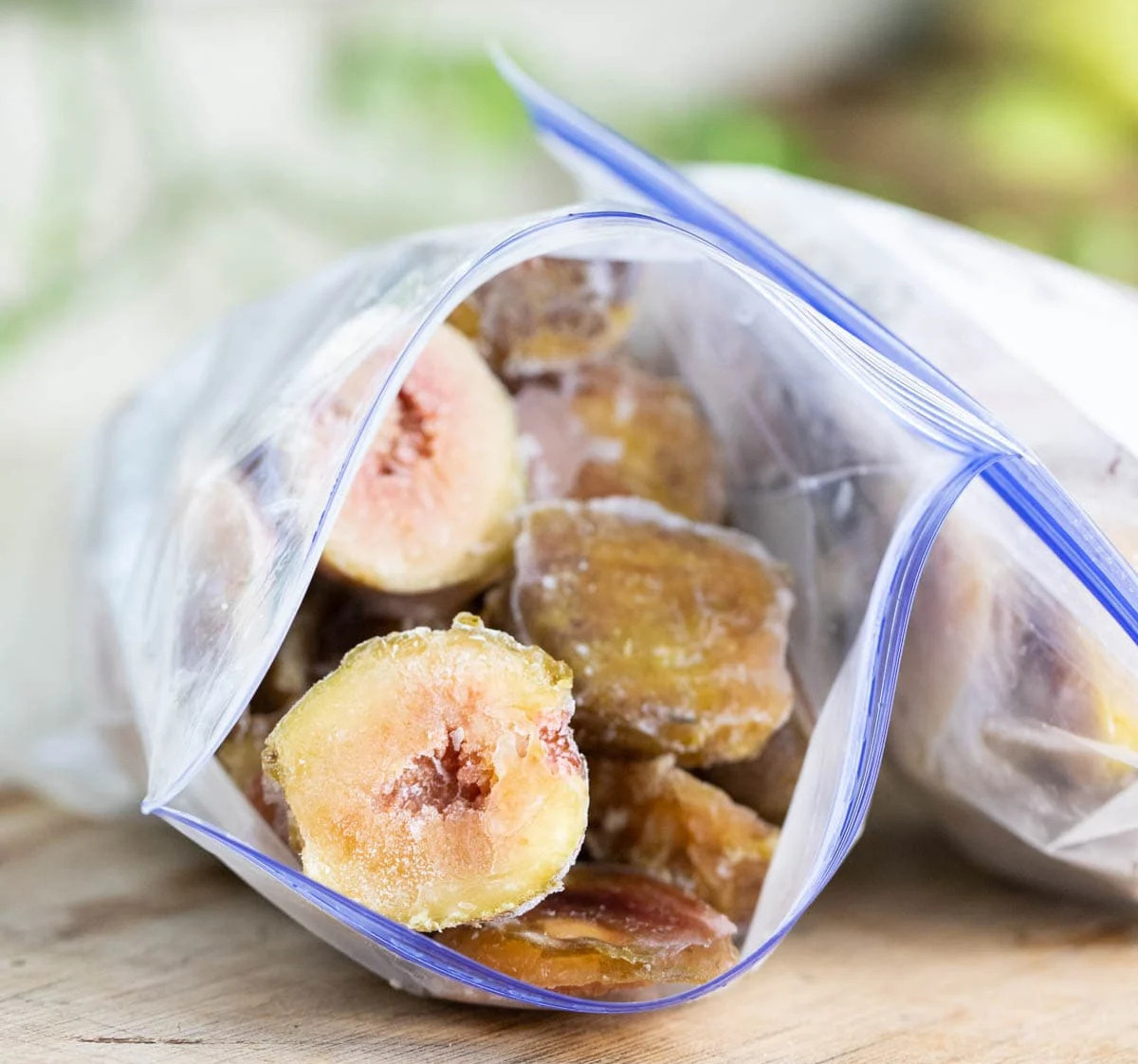
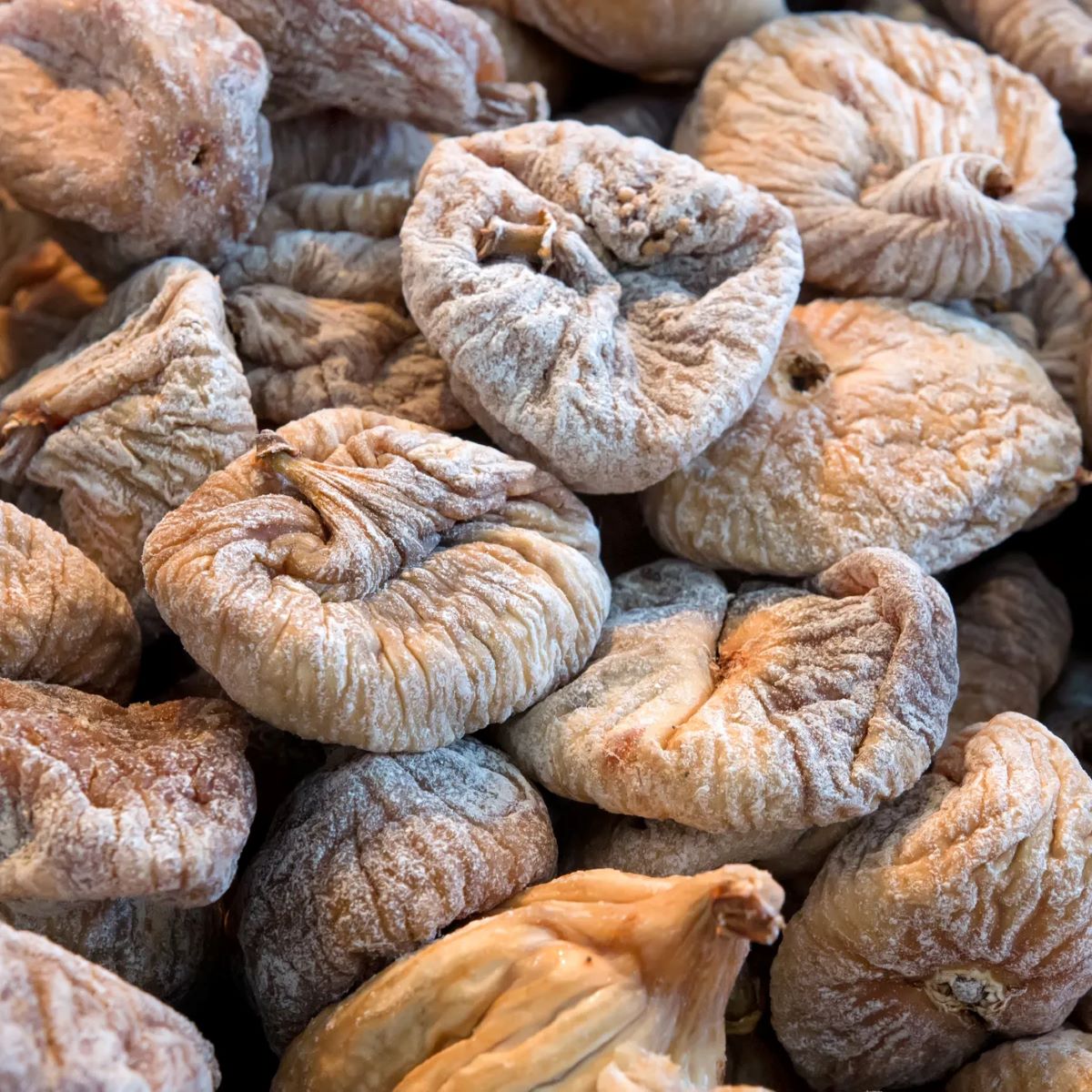
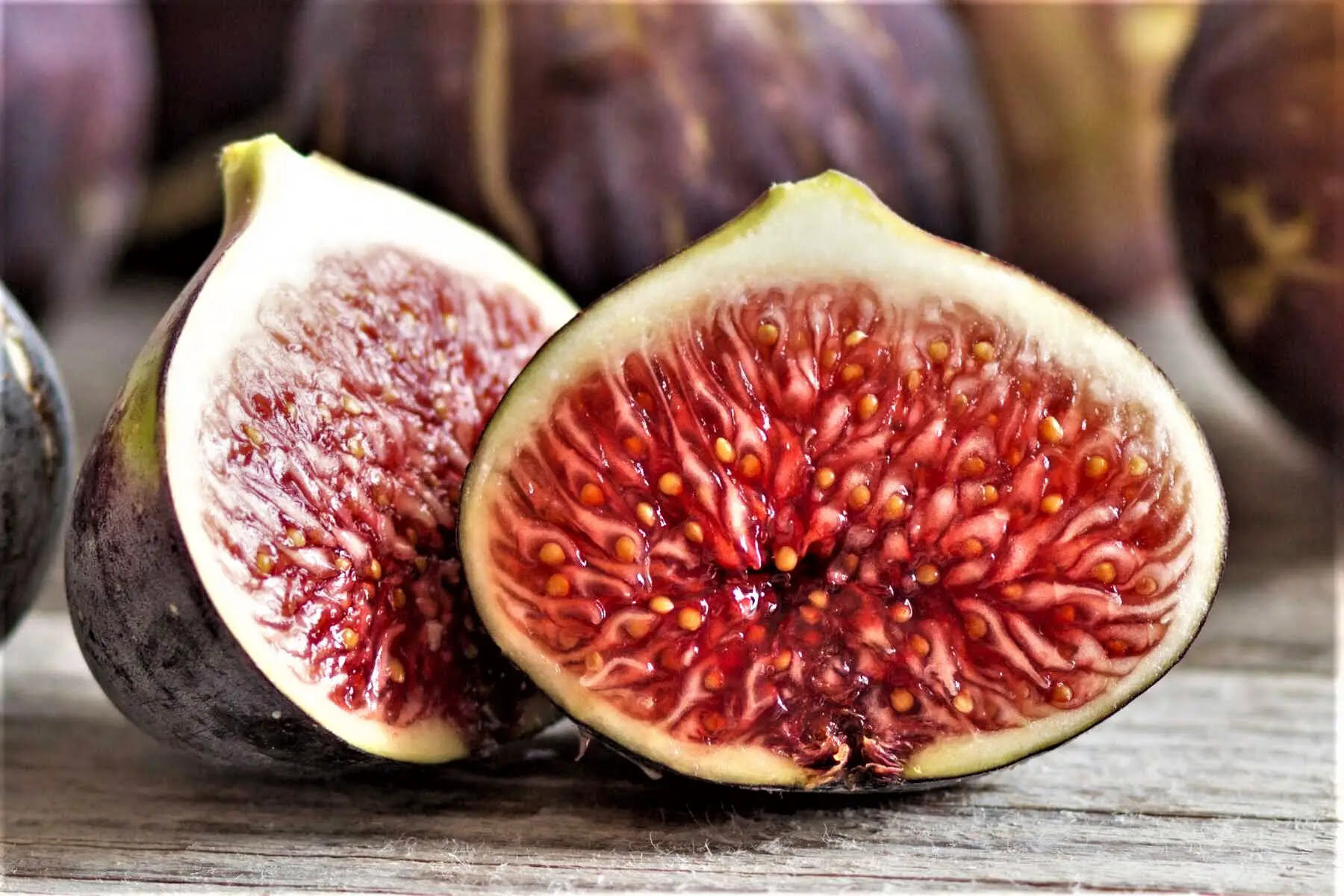

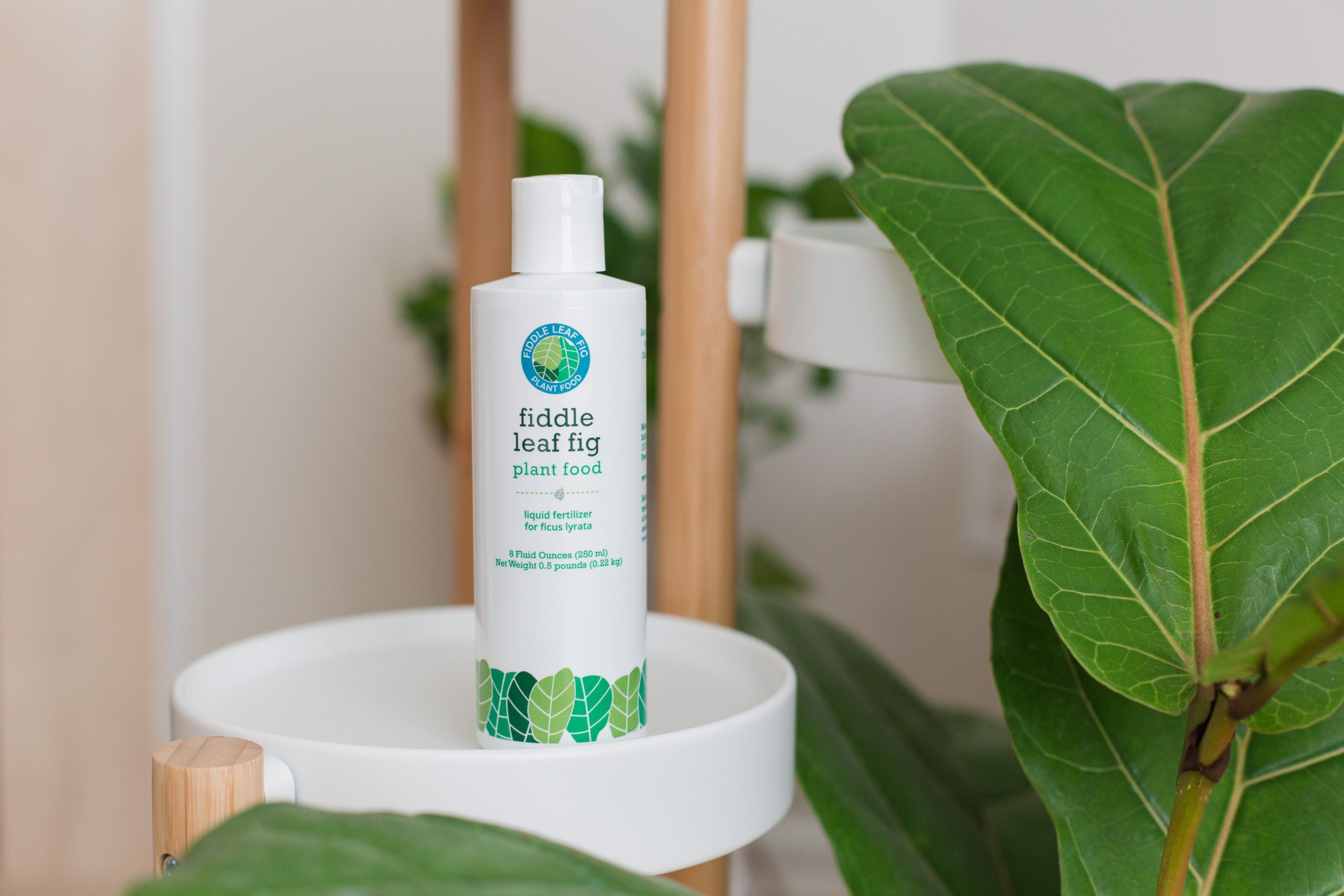









0 thoughts on “How To Store Figs At Home”